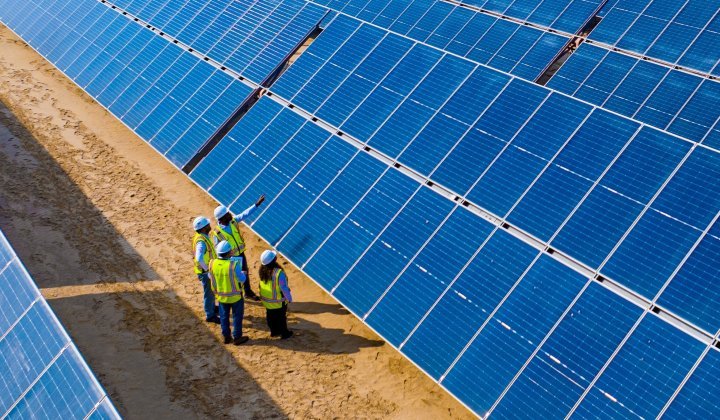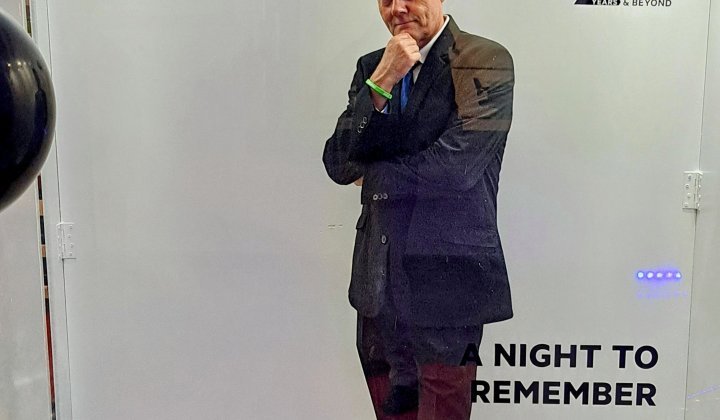But that war is still ongoing and new challenges like energy supply and extreme weather are adding to the headache of reconfigured, and still unreliable, supply chains.
When retailers can no longer pass on increased costs to their customer, they need to come up with ingenious ways to charge more, without the customer noticing.
When Beyoncé fans rushed to secure their seats for her new world tour, they received a rude awakening when they booked with Ticketmaster, which added hidden “service charges” and “handling fees” that eventually amounted to an extra 30% of the face value of the ticket. But fans are fans, so they swallowed the bitter pill.
Welcome to the new minefield of hidden costs.
To be fair, the media focuses mainly on the consumer struggle and the rising cost of living, but it works both ways. Retailers are being squeezed from all sides. In South Africa erratic energy supply is causing unforeseen complications.
In the first quarter of 2023, the country’s two largest supermarket groups – Shoprite and Pick n Pay – spent a combined R906 million on diesel for generators, to combat load-shedding, while fashion retailer TFG said its African business would lose about R1bn in retail turnover because of the power outages.
Increasing costs while maintaining brand loyalty has always required skill and ingenuity. Brands, or entire sectors, are now using sneaky tactics to charge the consumer more without them noticing. Except that consumers are beginning to notice.
Shrinkflation
Shrinkflation has been around for a while but the practice is on the increase. The tactic involves maintaining a price point but giving less product ‒ in the most subtle way possible. Pet food and potato chip brands have been called out for keeping their packaging unchanged (except for the weight information) then filling it with less product.
Sometimes the packaging is altered and promoted as “new and improved” but it just disguises the fact that there is less product. In America, energy drink Gatorade redesigned its bottle to be more “aerodynamic and easier to grab” but the redesign was ostensibly to provide 14% less product per bottle.
Sometimes a brand will keep the same packaging but change the shape of a product so you don’t notice the difference in weight, as Toblerone did when it made the gaps between its iconic triangular bar wider, ensuring the customer received less chocolate but for the same price. Global outrage ensued.
Drip pricing
Much like the Ticketmaster, the travel industry has become adept at hiding extra costs with a cunning practice known as drip pricing.
If you search online for an airfare and you will find surprisingly good deals, until you start the booking process. What the advertised price excludes are the taxes and handling fees. Once those are added to your invoice you are then offered options such as: flight flexibility, refund options, seat preference (which was never charged for) or a fee to check your luggage in.
By the time you’ve personalised your booking, the final cost is nowhere near the low price that lured you in the first place. The genius of drip pricing is that all the add-on prices are for services that you really want or need. If you’re a family travelling together you will pay for the family to sit together on a long haul, while a business traveller will want the option of a flexible flight.
Surge pricing (AKA AI-driven dynamic pricing)
If you’ve ever tried to book an Uber after a large public event, you would have experienced surge pricing. Thanks to algorithms, online platforms can adjust pricing according to demand. So when everyone wants an Uber at the same time, you’ll pay a premium to get home quickly. If you’re prepared to wait till the rush is over, you’ll be rewarded with normal pricing.
Surge pricing has now spread to other businesses that never considered adjusting their prices according to demand. Golf courses, restaurants and even movie theatres have now embraced “variable pricing”. Some restaurants that have introduced surge pricing are able to raise their prices up to 40% during peak hours.
The subscription economy
Subscriptions are not new but the automotive industry has taken this business model to another level, thanks to technology.
This new subscription model feels familiar as it follows the trend of mass customisation which the automotive industry has always used – the more additions you opt for, the more you pay – but there is a new twist. The hardware that enables these services is already pre-installed in the cars, they are not added extras. You pay to have them activated.
BMW has been putting features behind a subscription paywall since 2020.
For example, a monthly subscription for heated front seats comes with options to subscribe for a year, three years, or “unlimited” access. This particular subscription is available in the UK, Germany, New Zealand and South Africa
Other “microtransactions” (as these add-ons are called) include: automatic high beam headlights, adaptive cruise control and GPS map updates.
Repossessing tech
If the hardware for add-on services is pre-installed into new cars, then this creates an opportunity to automate repossessions, should the owner default on payments.
Ford wants to patent a system that would allow its cars to repossess themselves.
At first, the car’s computer would deactivate features like GPS, air conditioning, and the radio, as a warning. If this does not prompt an installment, then the car could escalate the inconvenience and lock the driver out on the weekends but allow the owner travel to work during the week to earn money for on-going payments.
If the owner continues to skip payments, the car could then lock the owner out permanently and drive itself back to the dealership, or a repo agency.
All the technology to support this patent application already exists.
Premiumisation
Premiumisation is when companies develop new luxury versions of their products and sell them at elevated prices. These products are usually marketed as “special editions”, only available at a specific time of year such as Valentine’s Day or Christmas.
For example, during the festive season chocolate companies release gorgeous gift tins, which make for convenient and impressive gifts but contain less product than in their conventional packaging.
This strategy not only encourages a brand’s existing customer base to buy “special edition” items but also attracts a higher-income customer who will be lured with the luxury packaging.
As we head deeper into 2023, expect these pricing tactics to increase. What you see isn’t always what you get. But the nagging suspicion that you’ve been fleeced will linger.
KEY TAKEAWAYS
- We have moved into an era of polycrisis so brands and businesses are being forced to adopt multiple contingency plans, as a permanent strategy, all of which add to their running costs.
- Pushing the cost onto an already cash-strapped consumer will lead to loss of market share because cash-strapped consumers are currently driven by price.
- Disguising a price increase, in whichever form, is tricky and in the long run can backfire and reduce brand loyalty.
- Models such as drip pricing, shrinkflation and surge pricing all leave the customer with a nagging suspicion that they have been fleeced, whereas a subscription model at least mimics the trend of mass customisation, so the customer feels that they only pay for the “extras” they choose and therefore have more control throughout the purchasing process.






